Hybrid Smartwatch with ECG, Heart Rate & Oximeter – ScanWatch Horizon | Withings
Premium connected health watch – Classic diver style – Sleep – Activity – 30 days battery life – 10 ATM.
MADE TO LAST
Durable luxury
ScanWatch Horizon is the most durable watch ever created by WITHINGS.
- 5-YEAR WARRANTY
- 30 DAYS BATTERY LIFE
- FLAT SAPPHIRE GLASS
- 316L STAINLESS STEEL CASE
CLINICALLY VALIDATED
Heart Health Monitoring
Record an ECG at any time thanks to a mirror-polished serrated bezel that acts as an electrode.
SPORT SESSIONS
Activity Tracking
ScanWatch Horizon seamlessly tracks all your activities, including intense sport sessions. Smart detection and connected GPS give you precise insights.
Water-resistant to 10 ATM (100 m)
IN-DEPTH ANALYTICS
Advanced Sleep Tracking
ScanWatch Horizon collects numerous data points to measure Sleep cycles, detect breathing disturbances and then calculates your overall Sleep Score—automatically.
Simple & smart
COMPANION APP
Get insights, advice and more on your iOS or Android device.
INTERCHANGEABLE BANDS
Swap instantly between the Oyster Metal and Fluoroelastomer Sport band (included), or change it up with your own wristband.
DIGITAL CROWN
The new pressable crown enables easy selection and the ability to scroll through features.
SMART NOTIFICATIONS
ScanWatch will vibrate and display a preview of smartphone notifications for the apps you want to hear from.
Additional information
| Dimensions | 43mm model: 43mm diameter (1.7’’),13,28mm thickness (0.52’’),20mm wristband width (0.78’’), 72g (watch only) |
|---|---|
| Battery life | Single battery charge lasts up to 30 days in normal use |

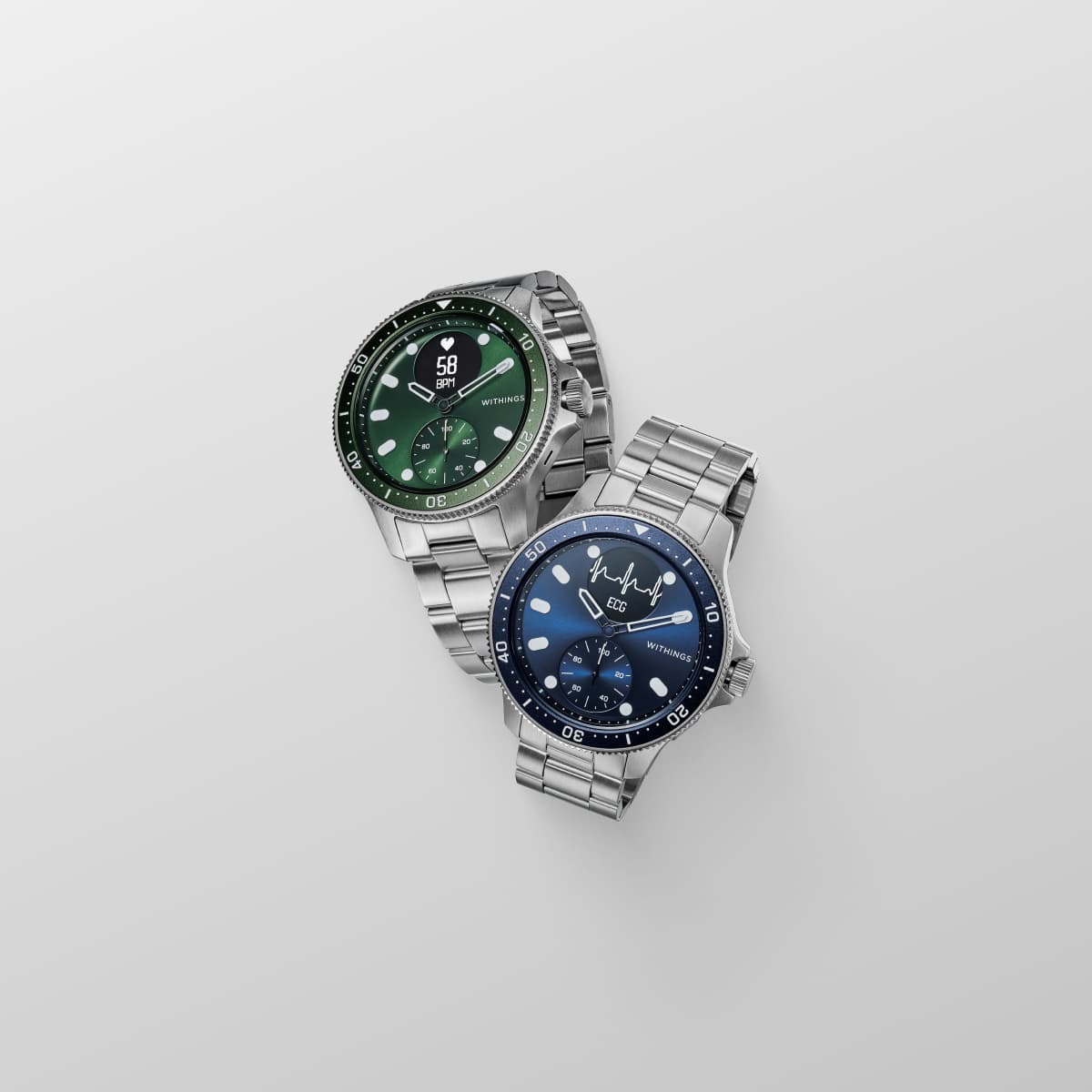
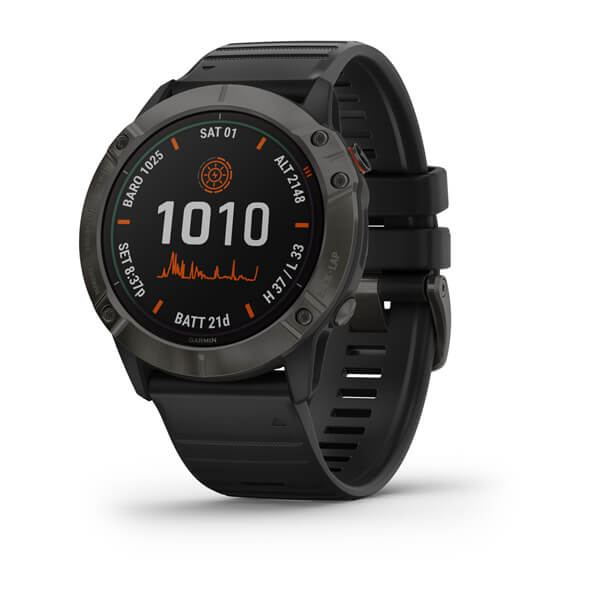
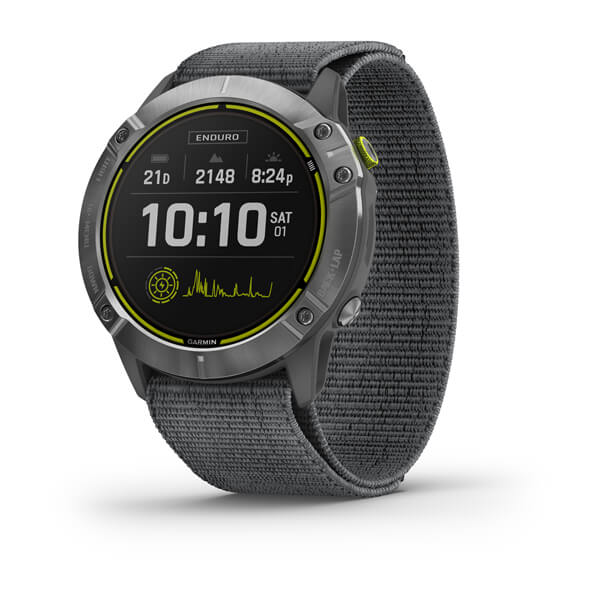
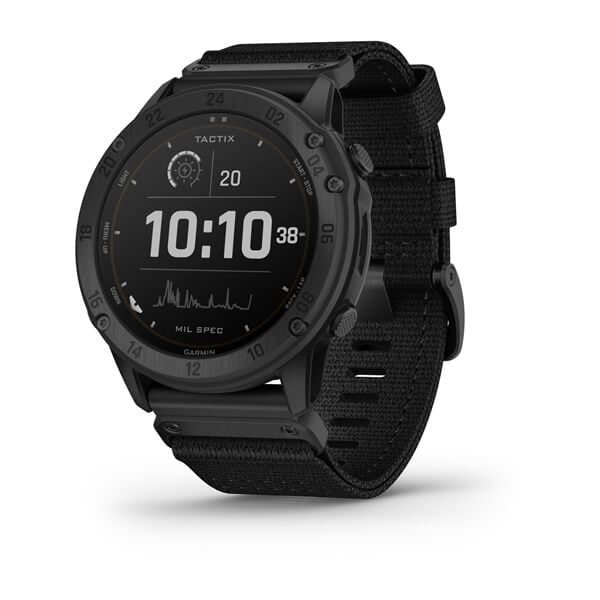
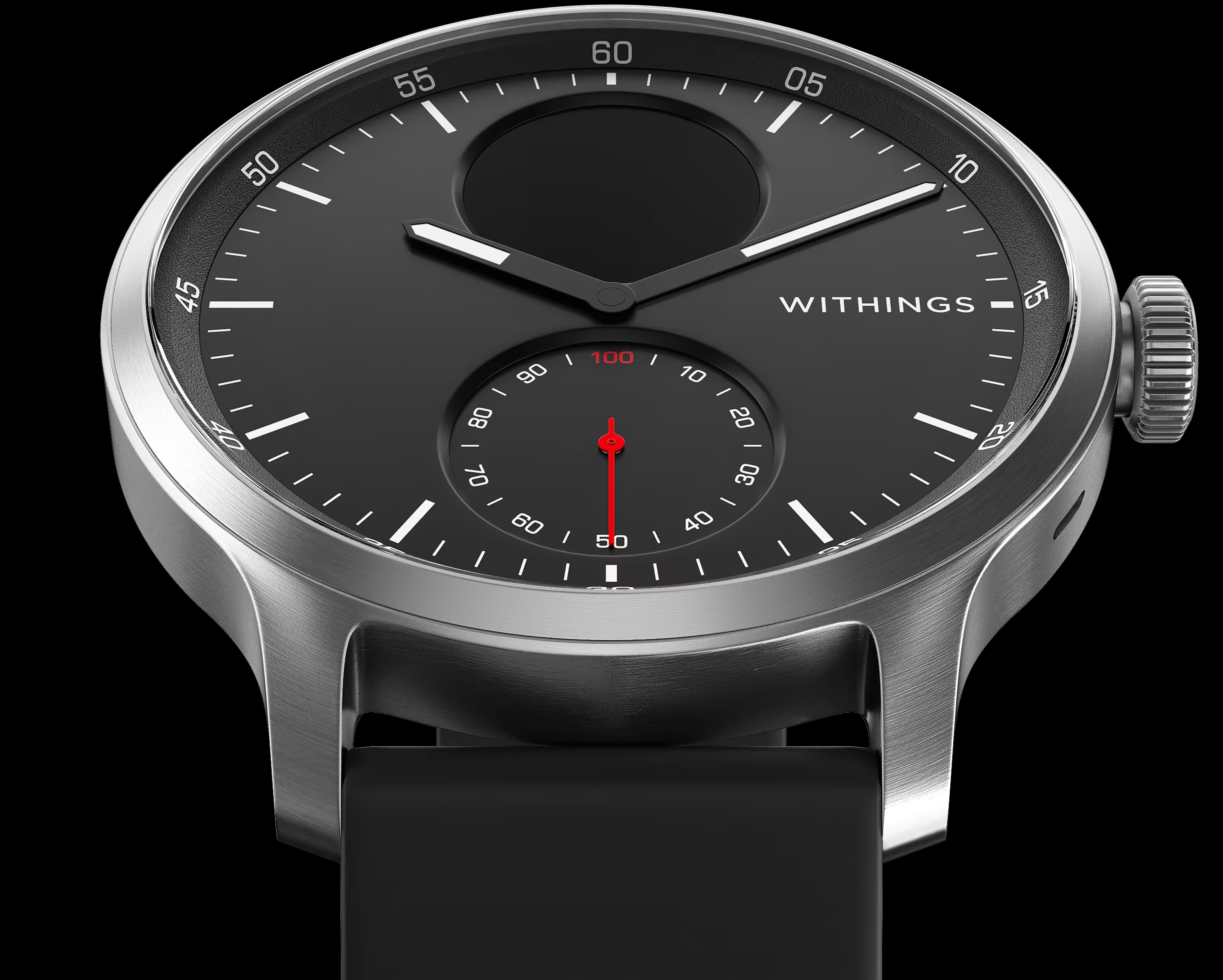
Reviews
There are no reviews yet.